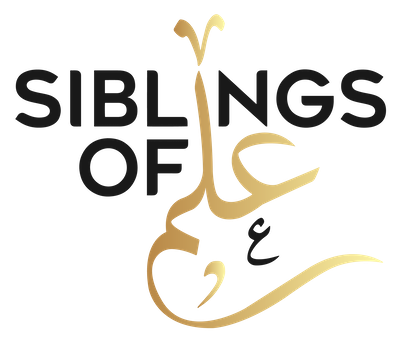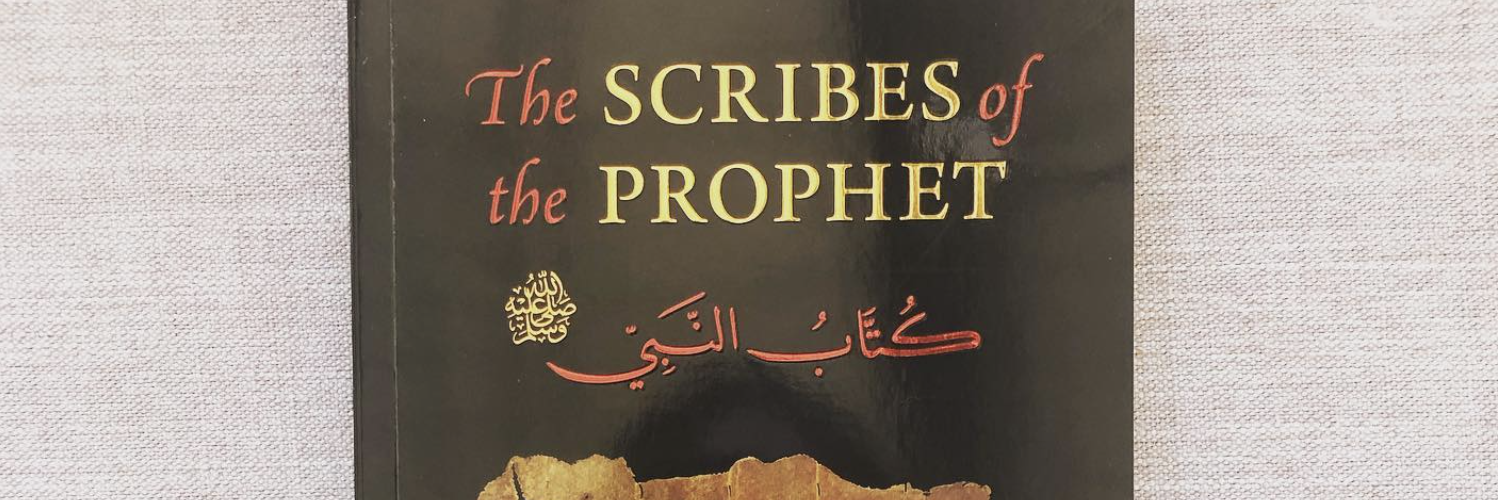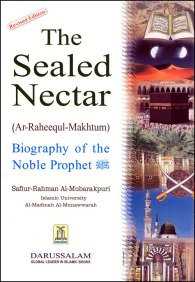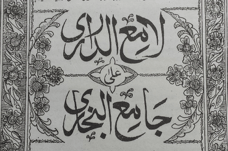Title: The Scribes of the Prophet — ﷺ كُتّابُ النّبِي
Author: Muḥammad Muṣṭafā al-Aʿẓamī
Publisher: Turath Publishing
Translation: Anas M. Al-Aʿẓamī
Editing: Anas M al-Aʿẓamī and Mariam Madge Conlan
Pages: 119
Format: PDF
Language: English
ABOUT THE BOOK:
An incredibly unique piece of research, Dr. Mawlānā Muḥammad Muṣṭafā al-Aʿẓamī demonstrates the level of inspection and rigour with which the Muslims have recorded their history. A great portion of Muslims are unaware of the caution and care with which the scholars have approached the preservation and documentation of the texts upon which our religion is based on. In the same vein we would not allow simply anybody to access or record our important documents, why should we not afford the same security to our Holy Book and the reports surrounding the one who was charged with bringing it to us?
Taking initiative of this, the respected author Shaykh al-Aʿẓamī undertook a study through which he explored the various identities and lives of those whom the blessed Prophet ﷺ entrusted with writing documents. A known scholar who rebuts some of the most significant orientalist theories upon the Qur’an and Sunnah, the Shaykh gives a thorough listing of those who were reported to have, at some point, written for the Prophet ﷺ. For those who are unfamiliar with the topic, such a study may seem strange or arbitrary,
By mere observation alone, this book can have significant effects on both traditional and secular planes of study and provides an extremely useful foundation for academic study. It is well-known that our Prophet ﷺ was unable to read or write, and that fact is significant to his message and relaying of the Qurʾān, due to its Divine origin. This fact is so difficult to accept for some that some orientalists have even made the claim that due to its eloquence and literary skill, the Prophet ﷺ must have been highly educated, with a minority even claiming that he had a mastery of several different languages, such as Syriac.
The Shaykh’s book provides a significant blow to this notion, using the the dozens of Companions named as proof that the Prophet ﷺ indeed relied on his Companions to communicate via written means instead of his own hand. It would not be a far assumption to suggest that many of our own graduates from our Dār al-ʿUlūms were unaware that the Prophet ﷺ had this many scribes supporting his message throughout his mission, which only serves to highlight the level of research and scholarship exhibited by the Shaykh. It also brings the Companions into a greater light by illustrating the cohesion they had with the Prophet ﷺ in working with him to spread the message of Allāh ﷻ.
Closer to the beginning of the book the Shaykh describes the different kinds of literature in circulation during the era of the Prophet ﷺ, which draws an illustration of how organised the society was at the time, even with the presence of only several scribes. Writings ranged from translations to Qur’anic revisions and the research even points out the different features of the texts, such as the usage of the Prophetic Seal, how letters were sealed, and the function of the secretariat. The author even categorises the scribes based on their prominence and recognition, which reflects who was writing more often for the Prophet ﷺ than others.
Another level of detail is in the differing method the author uses in comparison to those who have undertaken similar researches in the past and explains his reasoning for doing so. This provides a stronger foundation upon which the Shaykh based his research upon, and makes it less susceptible to criticism from those who would oppose the findings.
As the name suggests, the book is a short list of biographies of those Companions who were literate and wrote the Qur’an and penned the letters of the Prophet ﷺ, with an interesting discussion upon the prevalence of literature before and during the time of the Prophet ﷺ. Many of the biographies, although brief, detail what the Companion had written for the Prophet ﷺ, and which Companions would commonly write what kind of information for him. Some also discuss the controversy surrounding two scribes who were said to have apostatised and betrayed the Prophet ﷺ, while he defends the tradition by demonstrating his reasons for refusing their existence.
Other issues are also mentioned, regarding the credibility of certain scribes, especially Abū Bakr رضي الله عنه who was mentioned by some to be illiterate as well. Mawlana Aʿẓamī presents a short critical inspection of the theory before ultimately disproving it by examining its sources and presenting why it is incorrect. Again, the usefulness in this is obvious, as it serves as a defence against many confusions that could be levelled at the highest stations in the history of the Ummah.
In short, this work of Shaykh al-Aʿẓamī provides a vivid insight into the history of Islamic literature and writing that surprisingly is not easy to find elsewhere. Although by his own account he has not managed to collect every scribe of the Prophet ﷺ, the effort is enough that it has made a significant contribution to Muslim academia, whether traditional or secular. This work of his has even greater utility in the fact that it can be accessed by both scholars and those who are unfamiliar with traditional studies, and would be very beneficial for those studying topics such as the history and preservation of the Islamic literature, especially the Qurʾān.
Review penned by: Ahmad Khalique
